10 Animals That Play Dead to Survive
Nature is full of wild survival strategies, but one of the most fascinating has to be playing dead. Known as 'thanatosis', this clever trick is used by all kinds of animals to outsmart predators and stay alive. It’s the ultimate bluff—by pretending to be lifeless, these creatures can avoid danger, escape attacks, and live to see another day. In this deep dive, we’re looking at ten animals that have truly mastered the art of playing dead. From insects to mammals, each creature has its own unique way of pulling off this life-saving act. Let’s get right into it!
1. The Virginia Opossum
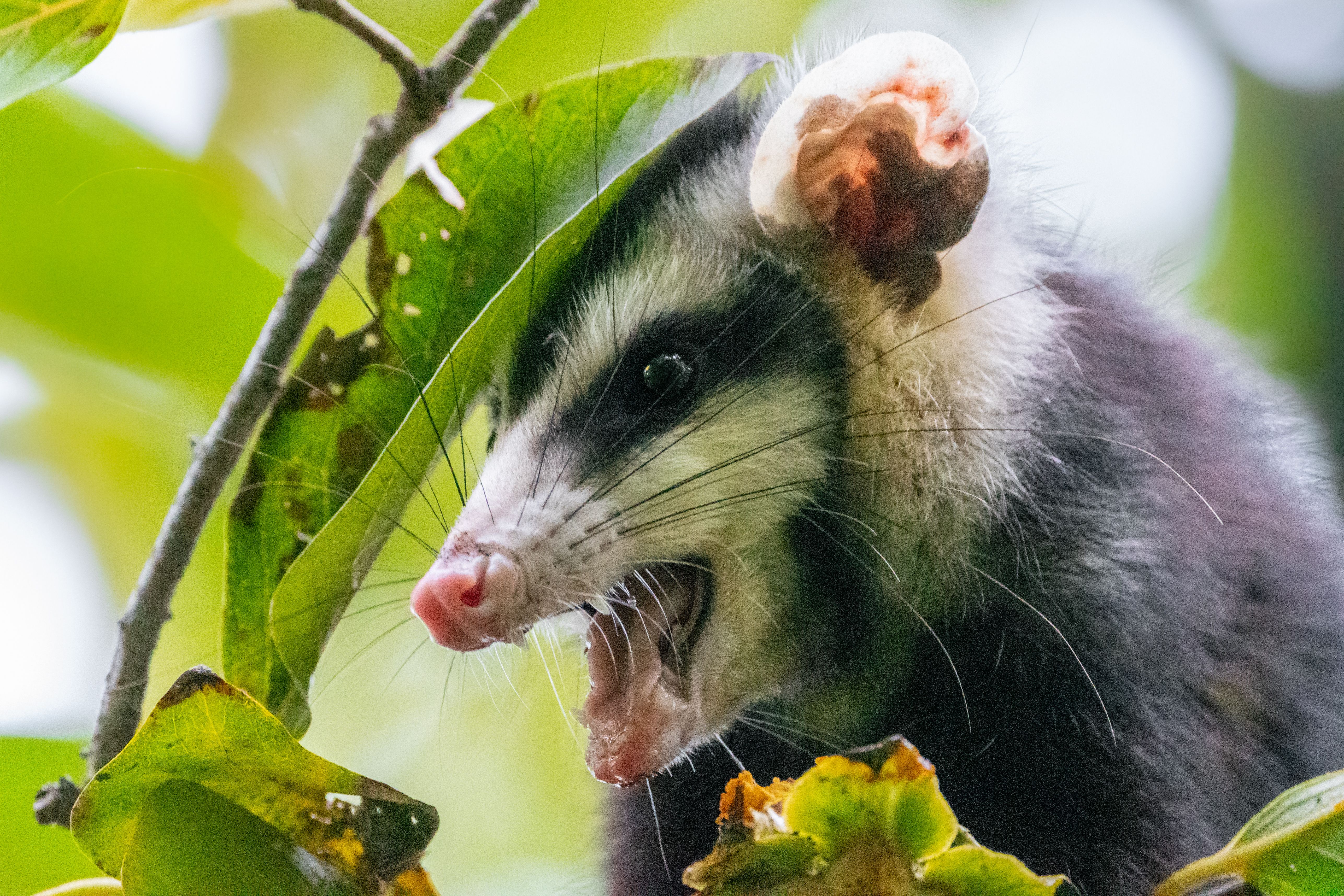
If there’s one animal that’s practically the poster child for playing dead, it’s the Virginia opossum. This nocturnal marsupial, found across North America, has perfected the act so well that “playing possum” has become a common phrase. When faced with danger, it doesn’t just flop over—it goes into a full-on catatonic state that can last for hours. And to really sell the act, it even gives off a rotten smell, tricking predators into thinking it’s already dead and not worth eating. What’s wild is that this isn’t a choice—it’s an involuntary reaction to extreme stress, almost like fainting. But as passive as it might seem, this survival trick is incredibly effective. The opossum’s ability to fake death so convincingly has helped it thrive for millions of years, proving that sometimes, the best way to win a fight is to avoid it entirely.
2. The Eastern Hognose Snake
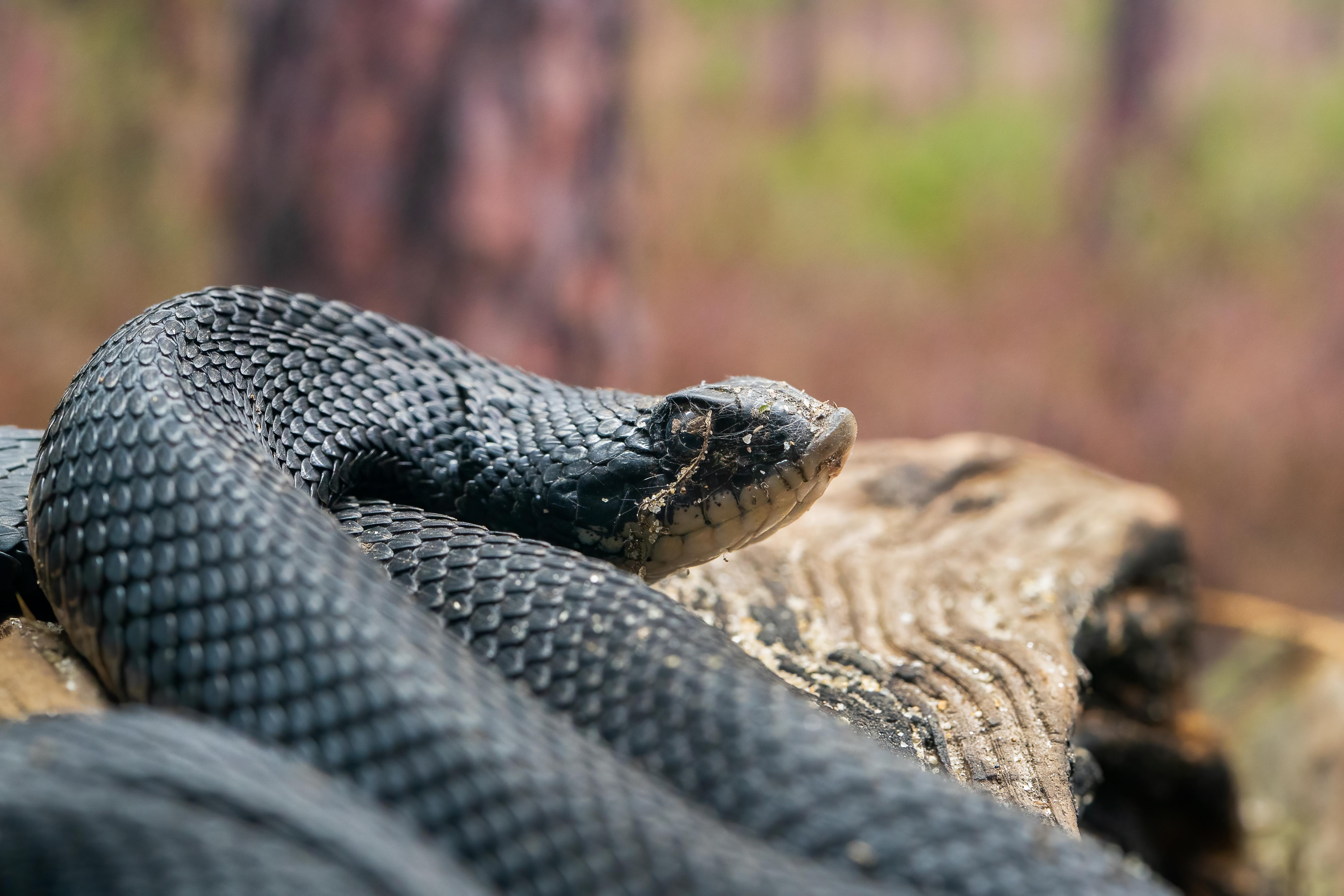
The Eastern hognose snake is yet another fascinating example of animals who play dead to survive. When threatened, this snake goes through a dramatic series of behaviors before playing dead. Initially, it will hiss loudly and spread its neck to appear larger and more intimidating. If this display fails to deter the threat, the snake will flip onto its back, mouth agape, tongue lolling, and remain motionless. This theatrical performance is often accompanied by the release of a foul-smelling substance to further convince predators of its demise. The Eastern hognose snake's ability to switch from aggressive displays to playing dead demonstrates its versatility in dealing with threats. This dual strategy not only showcases the snake's adaptability but also highlights the evolutionary pressures that have shaped its behavior. By understanding the Eastern hognose snake's approach to survival, we can appreciate the complexity and nuance of predator-prey interactions in the natural world.
3. The Killdeer
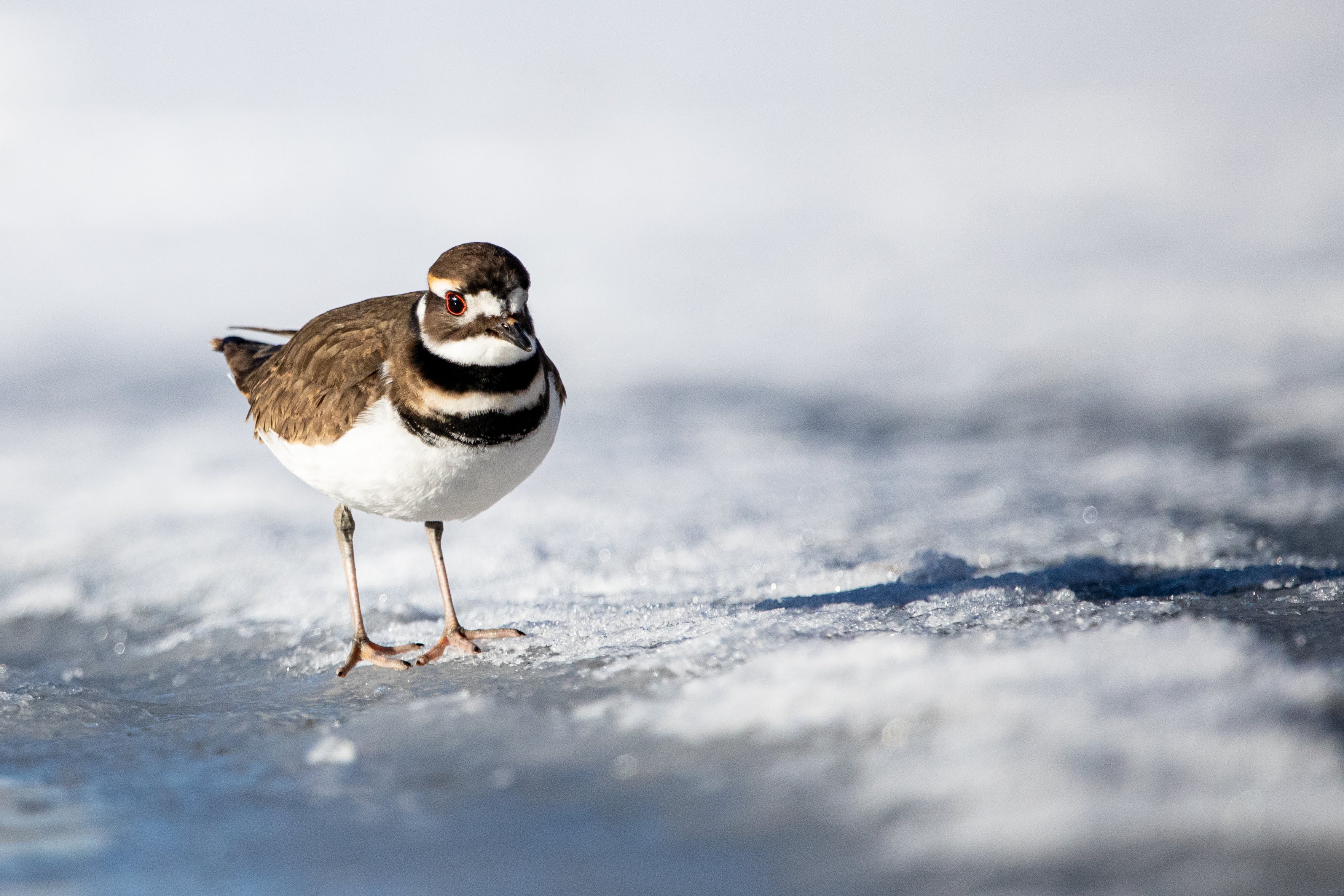
The killdeer—a ground-nesting species—has a clever trick up its sleeve when it comes to protecting its young. Instead of playing dead, this ground-nesting bird fakes an injury—dragging a wing and stumbling away like it’s hurt—to grab a predator’s attention. The goal? Lure the threat away from its nest and give its chicks a better go at survival. It’s a risky move since the killdeer is putting itself in danger, but that’s the price of being a devoted parent in the wild. This kind of calculated deception highlights the delicate balance between self-preservation and parental care—sometimes, survival in the wild isn’t simply about escaping danger yourself but about making sure the young do too.
4. The Leaf Beetle
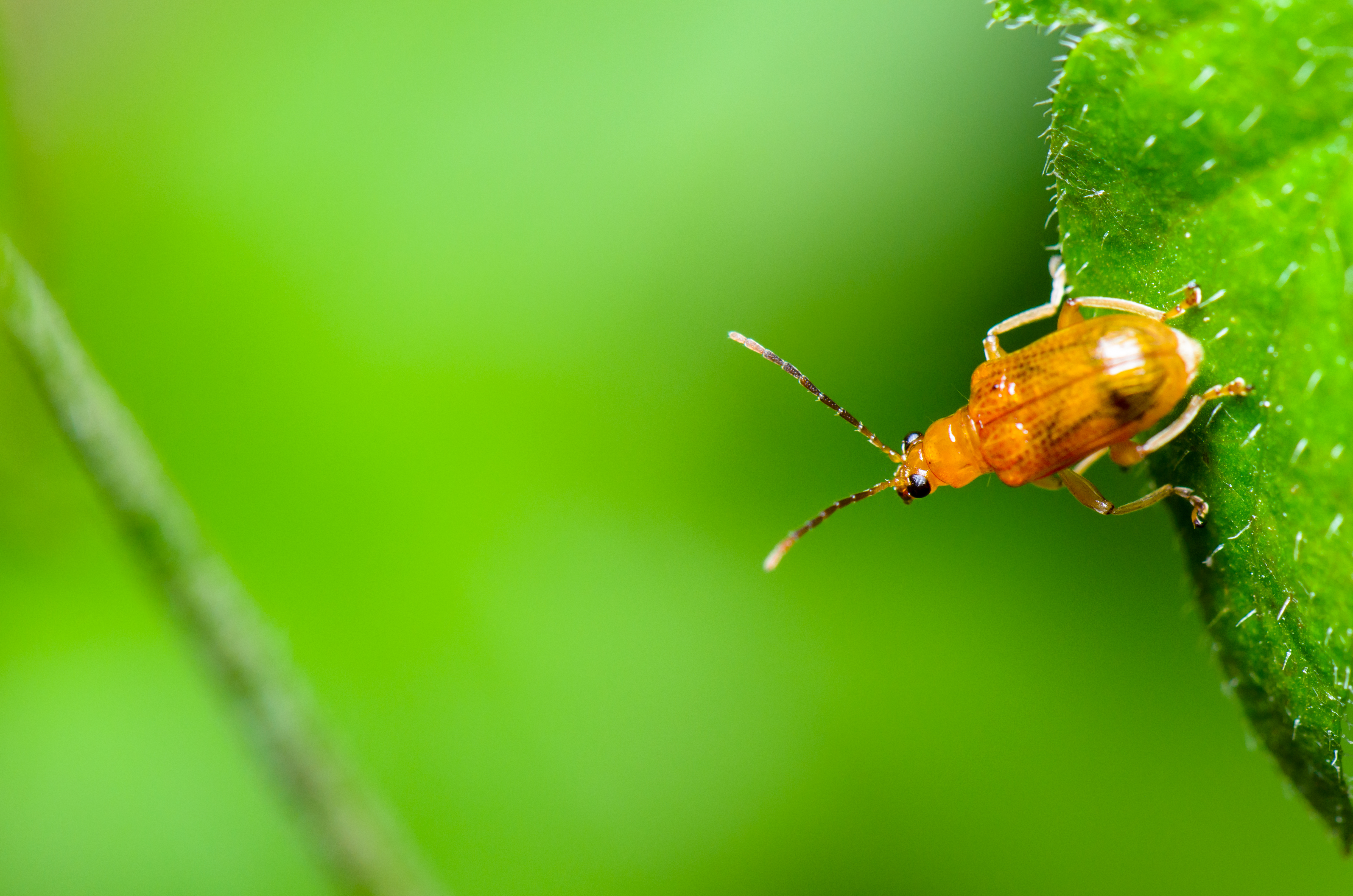
Leaf beetles have mastered the art of disappearing without actually going anywhere. When threatened, they don’t fight or flee—they simply drop from their perch and stay perfectly still, blending right into their surroundings. This clever tactic makes it incredibly hard for predators to spot them. With no movement to give them away, they might as well be just another speck of debris. What makes this strategy so effective is how it takes advantage of a predator’s weaknesses. Many animals rely on movement to spot their next meal, so by staying motionless, leaf beetles essentially trick their enemies into overlooking them. It’s a simple yet brilliant survival hack that shows just how well insects can manipulate their environment to stay alive.
5. The Common Black Widow Spider
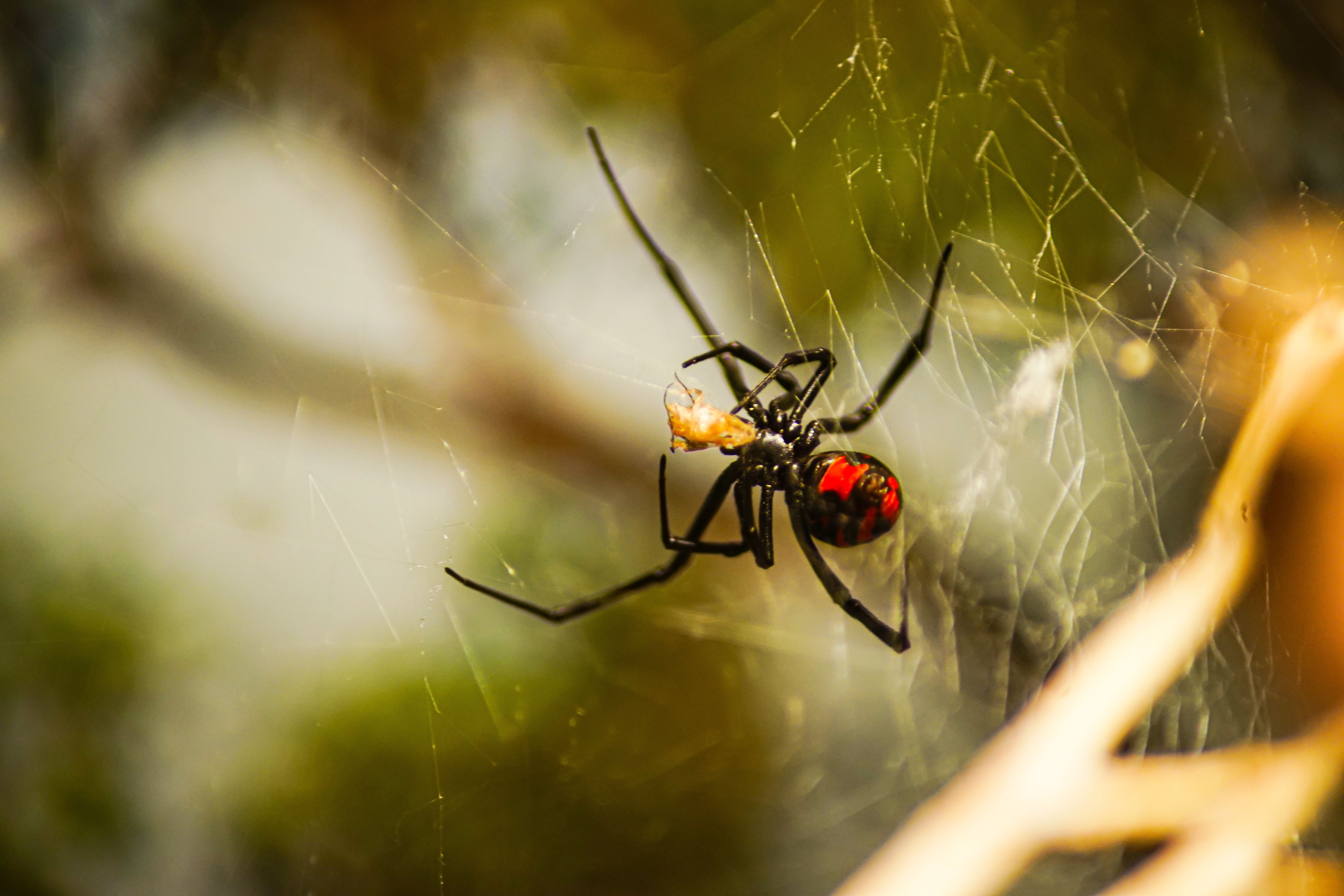
The common black widow might be famous for its venom, but when it comes to avoiding danger, it has a surprisingly passive trick up its sleeve. Instead of fighting back, this spider plays dead—curling its legs in tightly and turning into a motionless little ball. With its dark coloration, it blends right into its surroundings, making it easy for predators to overlook. This strategy is all about survival through deception. By avoiding unnecessary fights, the black widow conserves energy and dodges potential injuries, ensuring it lives to see another day. It’s nearly a perfect example of the fine line between aggression and avoidance in the animal kingdom.
6. The Brazilian Black Tarantula
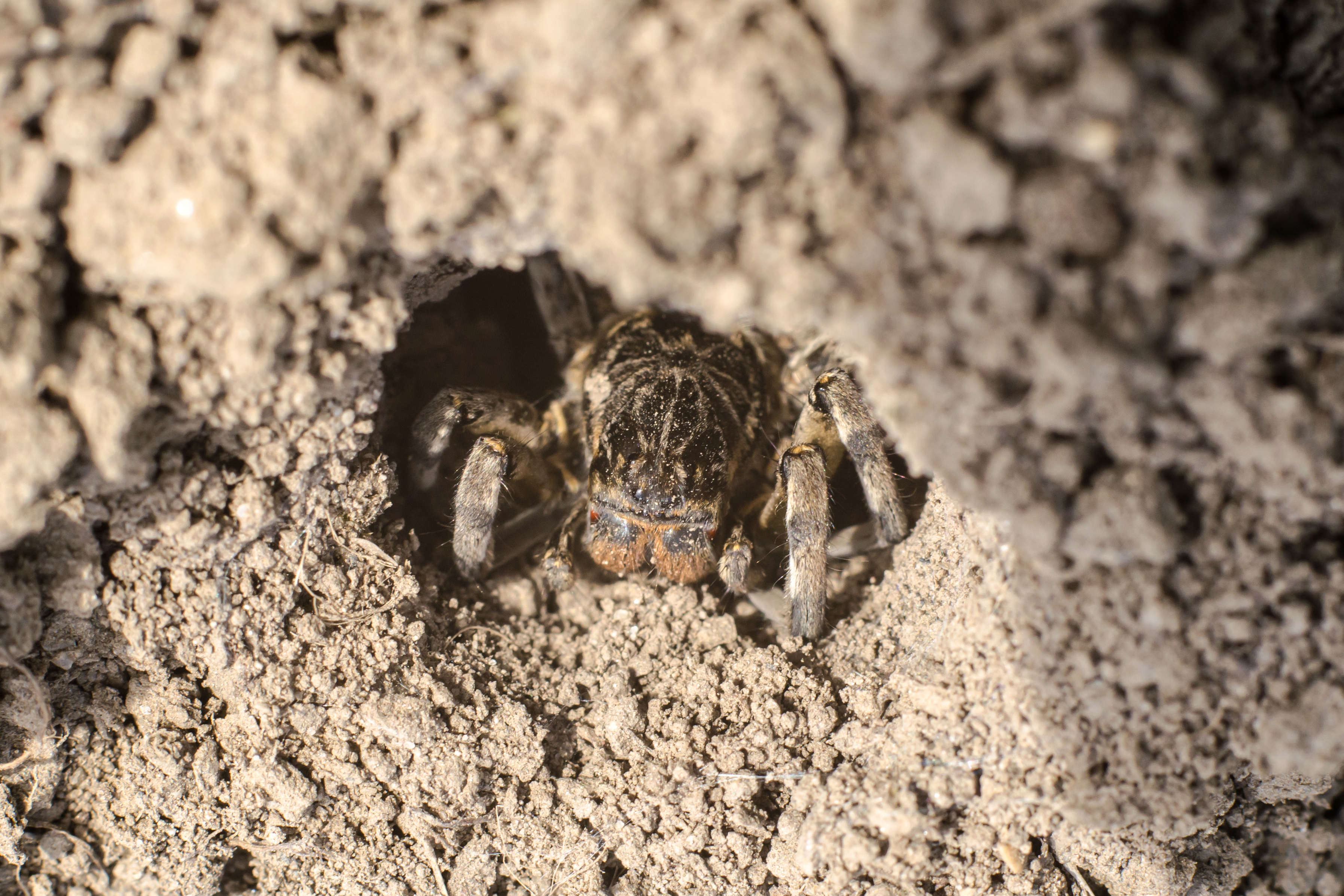
The Brazilian black tarantula may look like a fierce predator, but when danger strikes, it has a surprisingly low-key survival tactic—it plays dead. Instead of fighting or fleeing, this large South American arachnid curls its legs in tightly and stays completely still, transforming into what looks like a lifeless ball. With its dark coloration, it blends seamlessly into the environment, making it easy for predators to overlook. This clever trick is all about survival through deception. By avoiding unnecessary confrontations, the tarantula saves energy and reduces its risk of injury—both crucial for staying alive in the wild.
7. Kitti's Hog-nosed Bat
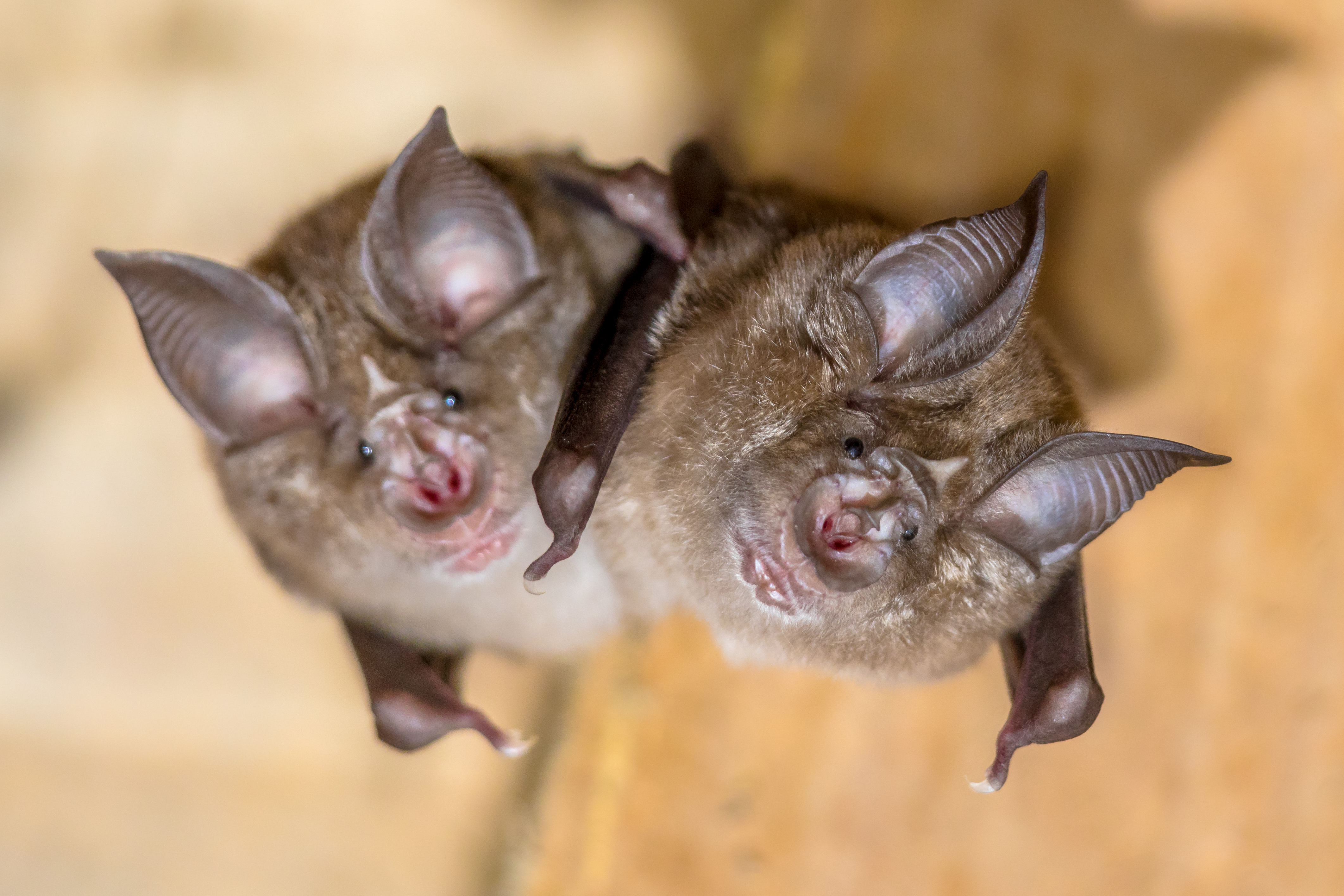
Kitti's hog-nosed bat, also known as 'the bumblebee bat', holds the title as one of the world’s tiniest mammals—but when it comes to survival, size isn’t its only advantage. When faced with danger, this tiny bat doesn’t try to fight or flee. Instead, it curls its wings in tightly and stays completely still, transforming into a motionless little ball. With its small size and natural camouflage, it becomes nearly invisible to predators. This strategy is all about outsmarting threats without wasting precious energy. By playing dead, the bat lowers its risk of injury and increases its chances of survival. It’s a brilliant example of how animals find a balance between aggression and avoidance.
8. The European Grass Snake
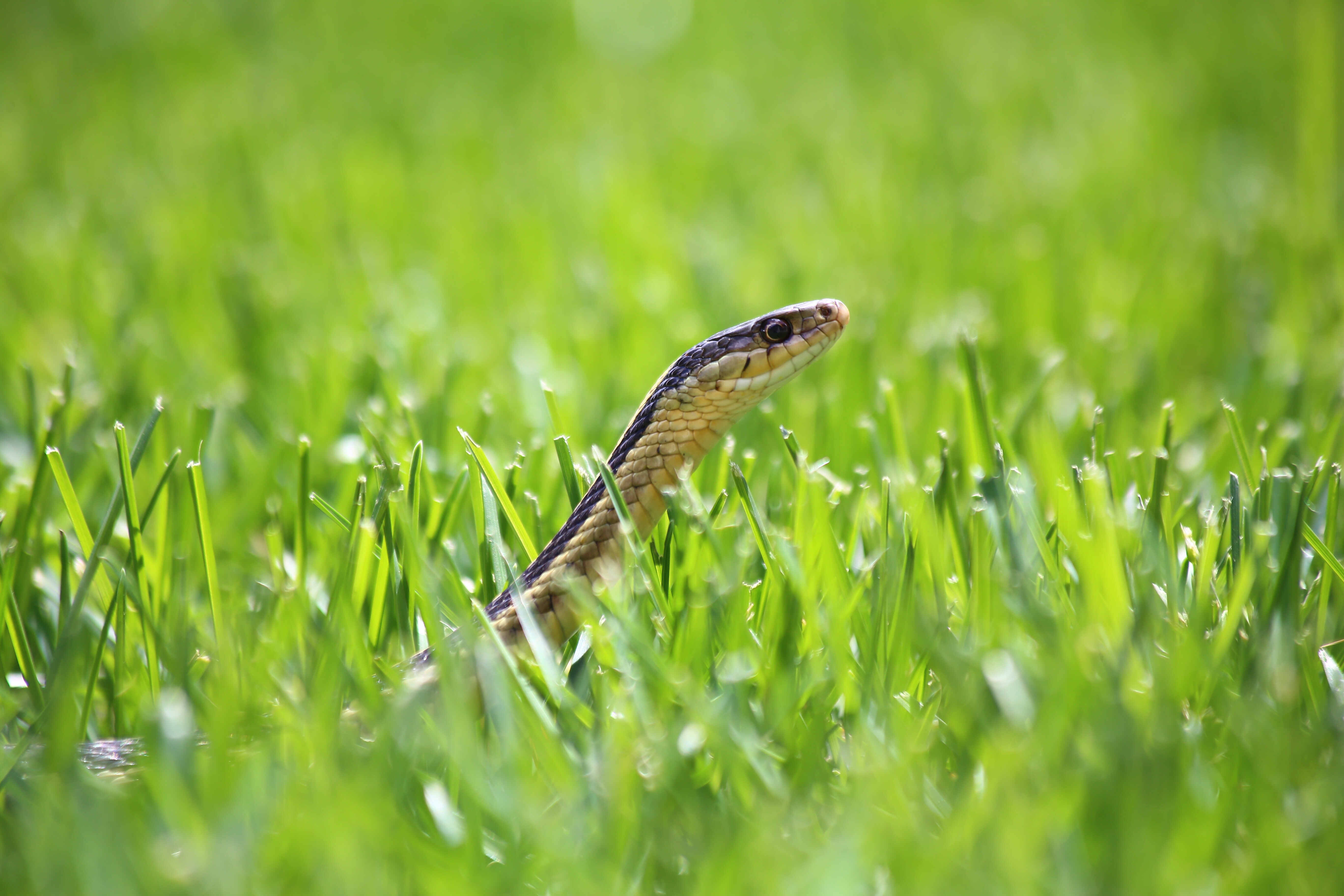
The European grass snake may not have venom to defend itself, but it’s got a pretty convincing backup plan—playing dead. When faced with danger, it goes full theatrics, flipping onto its back, mouth wide open, tongue hanging out like it’s taken its last breath. To really sell the act, it even releases a foul-smelling substance, making predators think they’ve stumbled upon something long past its prime. This dramatic strategy is all about survival through deception. By faking its own demise, the grass snake avoids unnecessary fights and conserves energy—both crucial for making it through another day as a non-venomous reptile.
9. The Dormouse
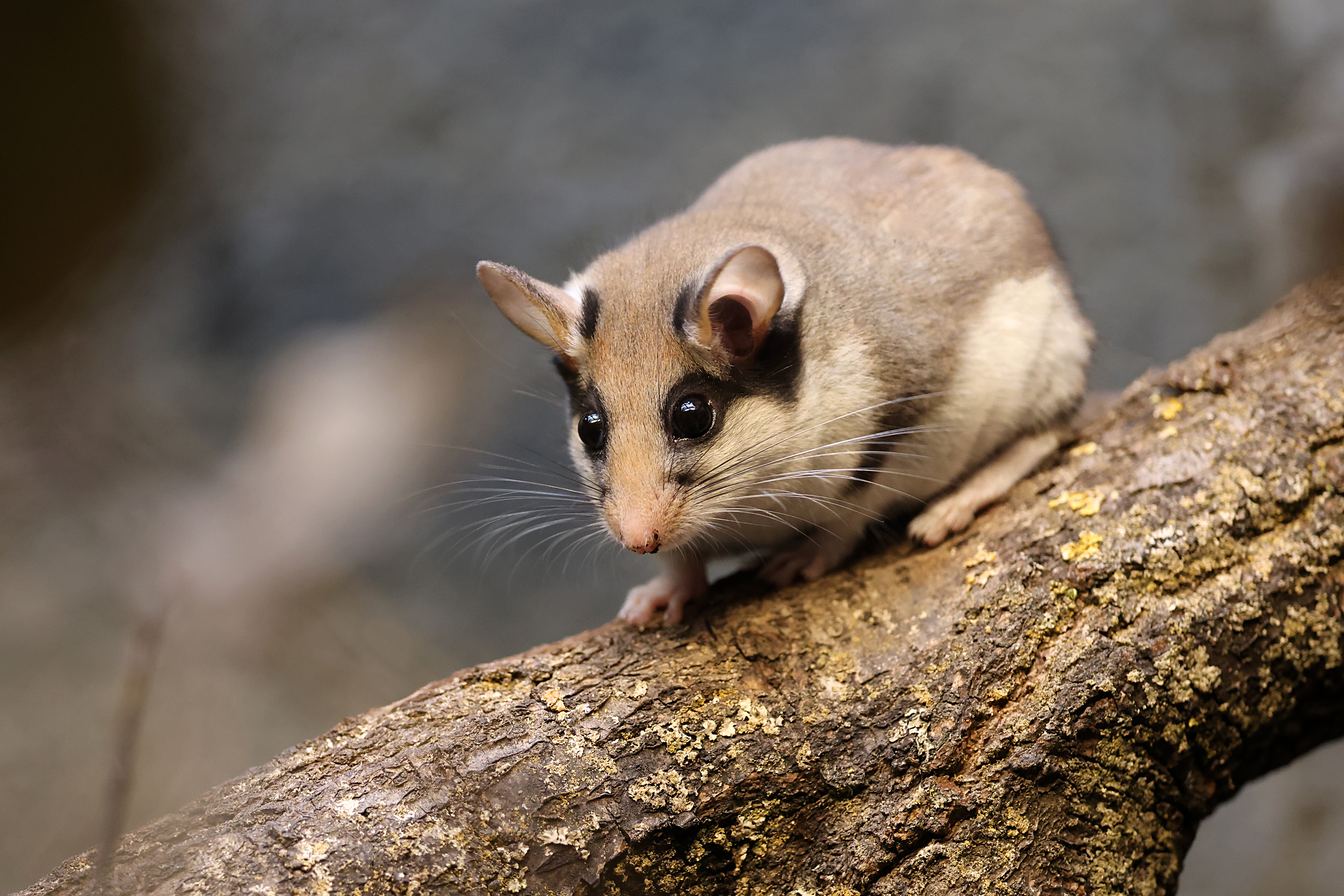
The dormouse might be small, but when it comes to survival, it’s got a clever trick up its sleeve. When faced with danger, it curls up into a tight little ball and stays perfectly still, looking like nothing more than a lifeless lump. Its small size and neutral coloring help it blend right into its surroundings, making it easy for predators to miss its presence altogether. What makes this trick even more fascinating is how it ties into the dormouse’s natural behavior. Known for their long periods of hibernation, dormice already have a talent for staying motionless for extended periods, making their ability to play dead an extension of their survival toolkit.
10. The American Woodcock
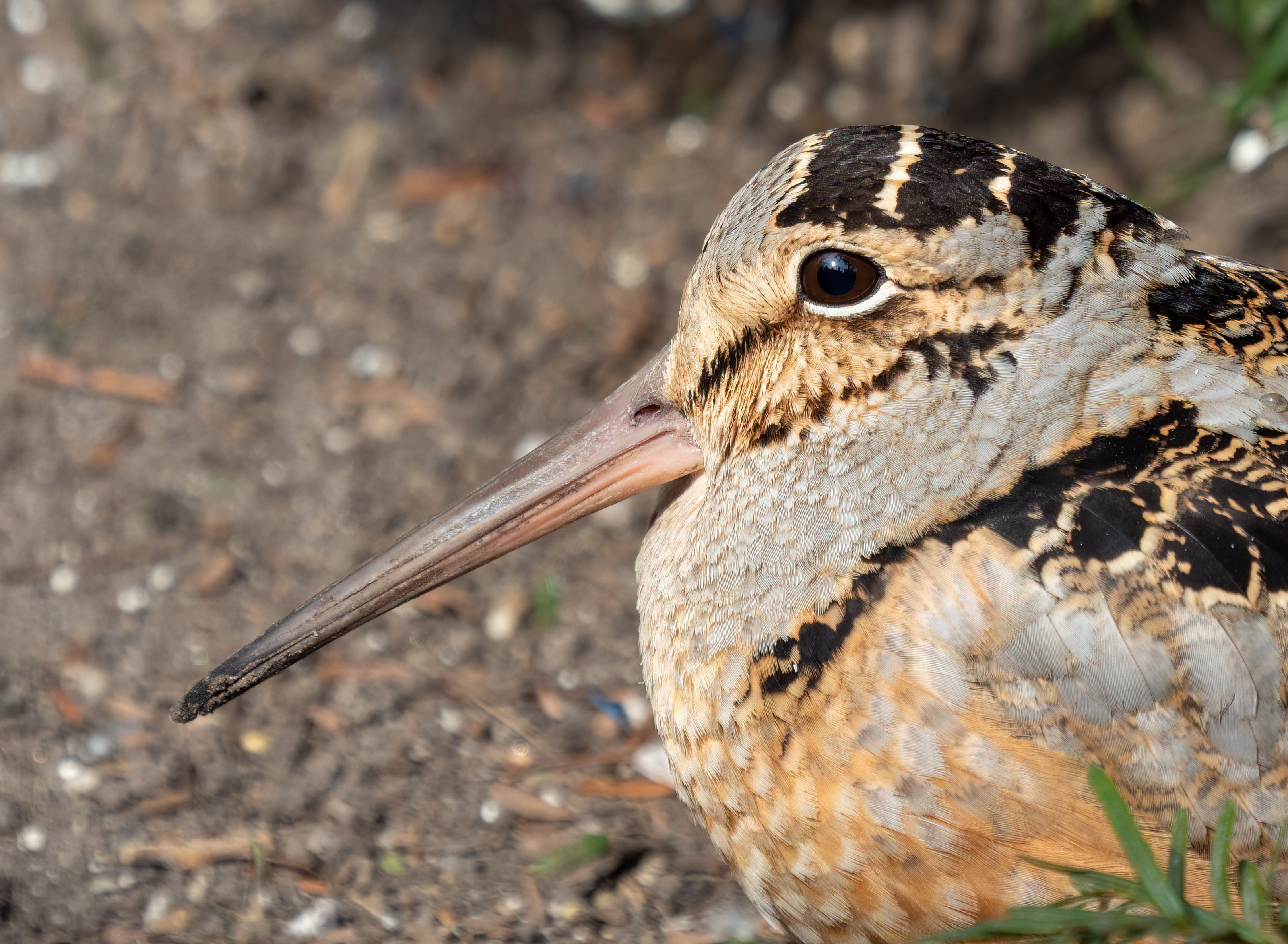
The American woodcock might not seem like a master of deception at first glance, but when danger strikes, it knows exactly how to disappear. Instead of taking flight or fighting back, this ground-dwelling bird flattens itself against the earth, staying completely still. With its mottled brown plumage blending seamlessly into the forest floor, it becomes nearly invisible to predators scanning for movement. But the woodcock's unique behaviors don’t stop at playing dead. It’s also known for its distinctive "rocking walk," where it bobs back and forth as it moves, possibly to startle earthworms—its primary food source—into revealing themselves. The American woodcock quiet act of deception—both to get away from its predators and to get to its food—gives us a fascinating look at the delicate strategies that help animals survive in the wild.
As we wrap up our look at nature’s ultimate tricksters, one thing is clear—playing dead isn’t just a simple escape tactic; it’s a brilliantly crafted survival strategy that spans the animal kingdom. From marsupials and reptiles to birds and insects, the sheer variety of creatures that rely on this method of survival in the wild proves just how effective deception can be when survival is on the line. Some animals use it as a last-ditch effort, while for others, it’s their go-to defense mechanism. Ultimately, though, these behaviors aren’t random; they’re finely tuned responses shaped by generations of evolutionary pressure, proving that in nature, even stillness can be a powerful weapon.







